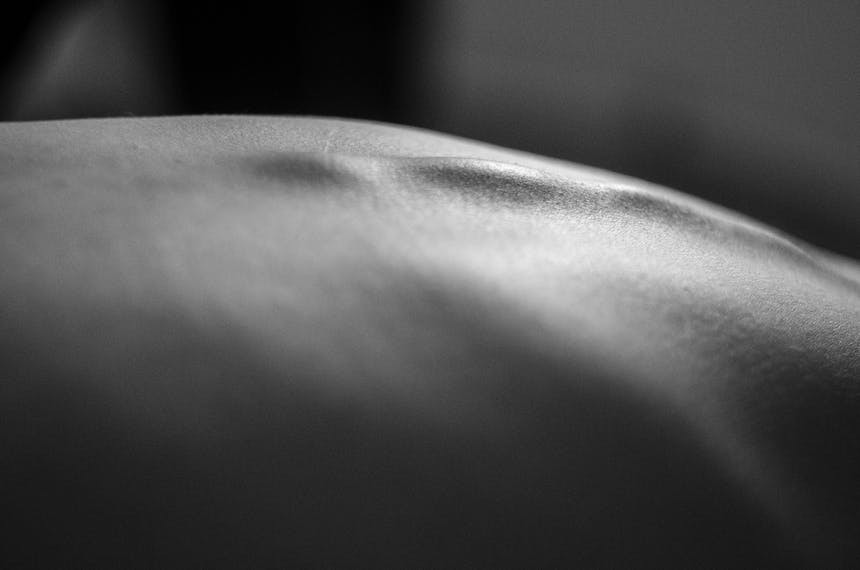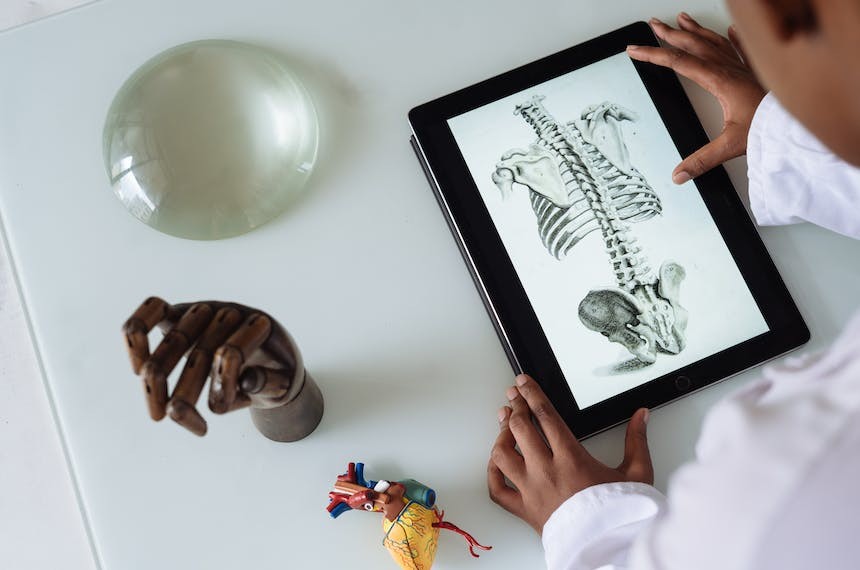
Spinal epidural abscess
Spinal epidural abscess (SEA) is a serious spinal cord infection that can lead to severe complications or death. It can be caused by bacteria entering through various means. Prompt diagnosis with MRI is crucial. Treatment involves surgical drainage and antibiotics. Empiric antibiotics are given immediately upon suspicion, followed by tailored antibiotics once the pathogen is known. Surgery is required for certain cases, while selected patients may be managed conservatively. Treatment typically lasts four to eight weeks.
Overview of Spinal Epidural Abscess (SEA)
Spinal epidural abscess (SEA) is a suppurative infection of the spinal cord, which can lead to severe symptoms, permanent complications, or even death. Bacteria, most commonly Staph. aureus, can access the epidural space through various means, including hematogenous spread, direct extension from infected tissue, or direct inoculation. Urgent MRI of the spinal column is essential for diagnosis.
Aim and Approach of Therapy
The goal of SEA treatment is to reduce the inflammatory mass, eradicate the causative organism, and decompress any neural structures. This is typically achieved through surgical decompression and drainage, combined with antibiotic therapy. Empiric antibiotic treatment should start immediately after blood cultures are taken, with regimens like vancomycin plus ceftriaxone or cefotaxime. Alternatives like meropenem or moxifloxacin with vancomycin are used in cases of allergy or specific bacterial concerns. The duration of antibiotic therapy usually spans four to eight weeks.
Surgical Intervention
Surgery is crucial for patients with acute or progressive neurological deficits, spinal instability, specific MRI findings, or disease progression despite antibiotic therapy. Ideally, surgery should occur within 24 to 36 hours of neurological deficit onset.
Conservative Medical Management
In select cases, a conservative medical-only approach may be appropriate. This is considered for patients without significant risk factors, known infecting organisms from aspirate cultures, no neurological deficits, and no evidence of cord compression on MRI. Continuous neurological monitoring and follow-up MRI are essential to ensure the abscess is resolving.
References
- Pfister H-W, Klein M, Tunkel AR, Scheld WM. Epidural abscess. In: Infections of the Central Nervous System, Fourth Edition.
- Adogwa O, Karikari IO, Carr KR, et al. Spontaneous spinal epidural abscess in patients 50 years of age and older.
- Gellin BG, Weingarten K, Gamache FW Jr, et al. Epidural Abscess. In: Infections of the Central Nervous System, 2nd Ed.
- Krishnamohan P, Berger JR. Spinal epidural abscess. Curr Infect Dis Rep.
- Patel AR, Alton TB, Bransford RJ, et al. Spinal epidural abscesses: Risk factors, medical versus surgical management.
- Ghobrial GM, Viereck MJ, Margiotta PJ, et al. Surgical management in 40 consecutive patients with cervical spinal epidural abscesses.
- Hernández-Puiggròs P, Montes A, Solano A, et al. Conservative treatment of an epidural abscess after thoracic epidural catheterization.





